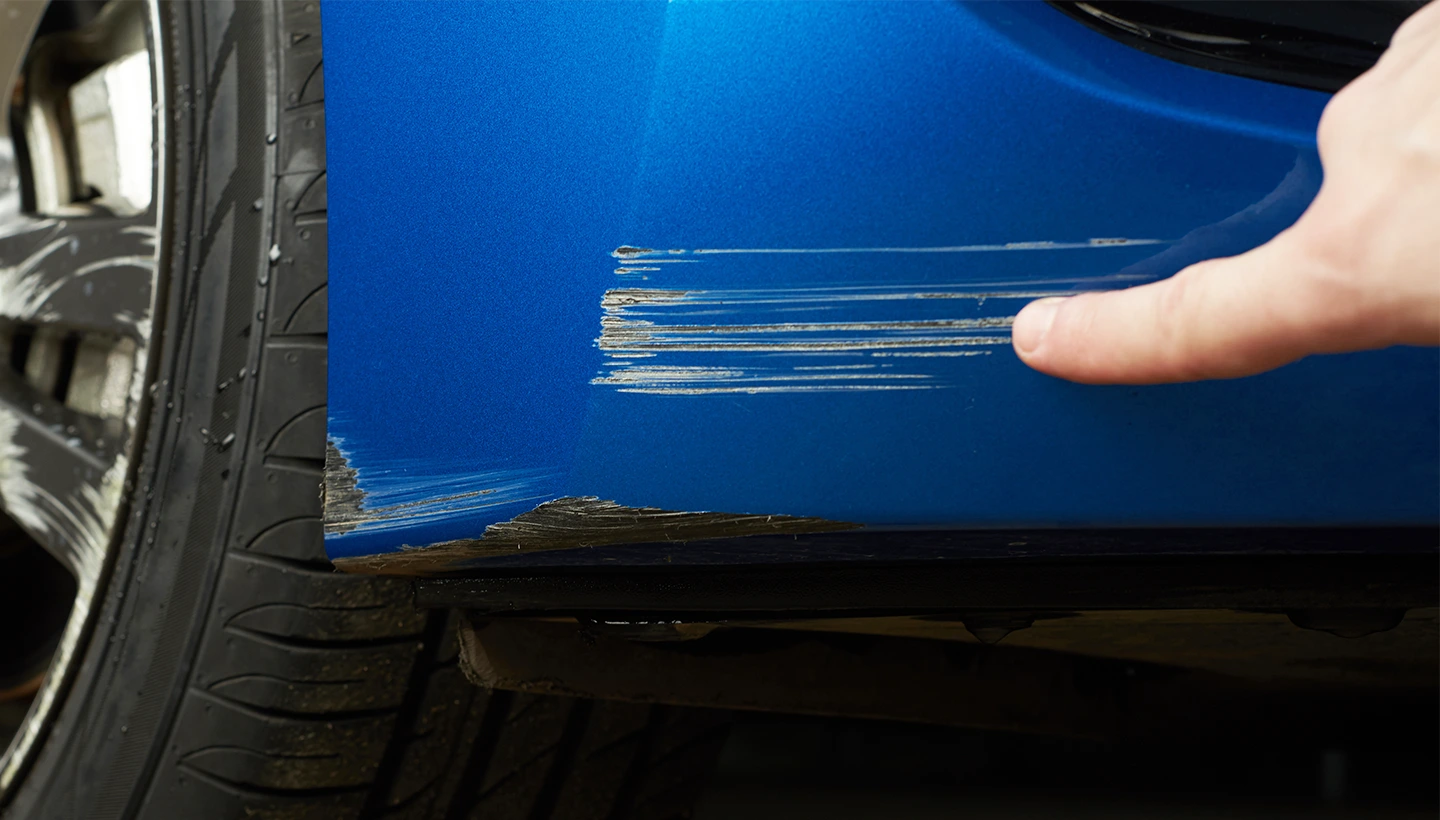Scratches on your car can be frustrating, especially when they affect its overall appearance. While deeper scratches may require professional help, many light or surface-level scratches can be buffed out at home with the right techniques and materials. Here’s a comprehensive guide to help you buff out scratches and restore your car’s glossy finish.
Materials You’ll Need:
- Microfiber cloths: For cleaning and polishing.
- Car wash soap: To clean the surface.
- Scratch removal compound or rubbing compound: To remove or minimize the appearance of scratches.
- Polishing compound: To restore shine.
- Wax: To protect the area after buffing.
- Dual-action polisher (optional): For quicker and more efficient buffing.
- Water spray bottle: To keep the area moist during the buffing process.
- Masking tape: To protect surrounding areas of the paint.
Step-by-Step Guide:
1. Clean the Affected Area
- Start by thoroughly washing the scratched area with car wash soap and water. Dirt and debris can cause more scratches during the buffing process if they are not removed. Dry the area completely with a clean microfiber cloth.
2. Assess the Depth of the Scratch
- Scratches vary in depth, and it’s important to know whether the scratch has only affected the clear coat or if it’s deeper into the paint. Run your fingernail over the scratch. If your nail catches, the scratch may be too deep for simple buffing, and you might need professional repair. Surface scratches that don’t catch your fingernail are typically fixable at home.
3. Prepare the Area
- For scratches near edges or trim, use masking tape to protect areas you don’t want to buff or accidentally damage. This is especially helpful if you’re using a machine buffer.
4. Apply Scratch Removal Compound
- Take a small amount of scratch removal compound (or rubbing compound) and apply it directly to the scratched area. Use a clean microfiber cloth or an applicator pad to spread the compound evenly over the scratch.
5. Buff the Scratch
- If buffing by hand, use a clean microfiber cloth and rub the compound in small, circular motions. Apply moderate pressure as you work over the scratched area. Continue buffing until the compound starts to disappear or the scratch becomes less visible.
- If using a dual-action polisher, apply the compound to a foam pad and gently press it onto the scratch. Turn on the polisher and move it in slow, overlapping passes across the scratch. Be sure to keep the polisher moving to avoid overheating the area.
6. Check Progress
- After buffing for a few minutes, wipe away any excess compound with a clean microfiber cloth. Check the scratch to see if it has improved. If it’s still visible, you can repeat the process until the scratch is no longer noticeable.
7. Polish the Area
- Once the scratch is buffed out, use a polishing compound to restore the shine to your car’s paint. Apply a small amount of polish to a clean applicator pad or microfiber cloth and rub it in circular motions. If using a polisher, use the same process as with the compound. Polish the area until it matches the surrounding surface.
8. Wax for Protection
- After polishing, apply a layer of car wax to protect the freshly buffed area and maintain the shine. Use a microfiber cloth or wax applicator pad to spread a thin layer of wax over the area. Let the wax dry for a few minutes, then buff it off with a clean cloth to a shiny finish.
Tips for Success:
- Use a Water Spray Bottle: Keep a water spray bottle handy to lightly mist the area as you buff. This helps keep the surface cool and prevents the compound from drying out too quickly.
- Work in Small Sections: If you’re working on multiple scratches or a large area, break it into smaller sections to ensure consistent results.
- Don’t Overbuff: Buffing too aggressively can remove too much of the clear coat or paint, causing permanent damage. Be gentle, especially when using a machine buffer.
- Test on a Hidden Spot: Before buffing a highly visible area, test the scratch removal compound on an inconspicuous part of the car to ensure it doesn’t damage the paint.
Additional Solutions for Deeper Scratches:
If the scratch is too deep to be fully buffed out, you may need to explore other options:
- Touch-Up Paint: For deep scratches that have penetrated the base coat, touch-up paint can fill in the scratch and help blend it with the surrounding paint.
- Clear Coat Pen: Clear coat pens are useful for scratches that have only affected the clear coat. These pens can fill in the damaged area and protect the underlying paint.
- Professional Repair: If the scratch is deep into the paint or metal, it’s best to take your car to a professional body shop for repair.
Conclusion:
Buffing out scratches on your car is an effective way to maintain its appearance and protect its paintwork. With the right materials and techniques, many surface-level scratches can be successfully removed at home. Regular maintenance, such as waxing and careful cleaning, can also help prevent future scratches.



 1.svg)

 Home
Home Home cleaning
Home cleaning 1.svg) Business cleaning
Business cleaning Blog
Blog About us
About us 1.svg) Contact
Contact.svg) Bookings
Bookings Cleaning address
Cleaning address Requisites (for business)
Requisites (for business) 1.svg) Contact details
Contact details